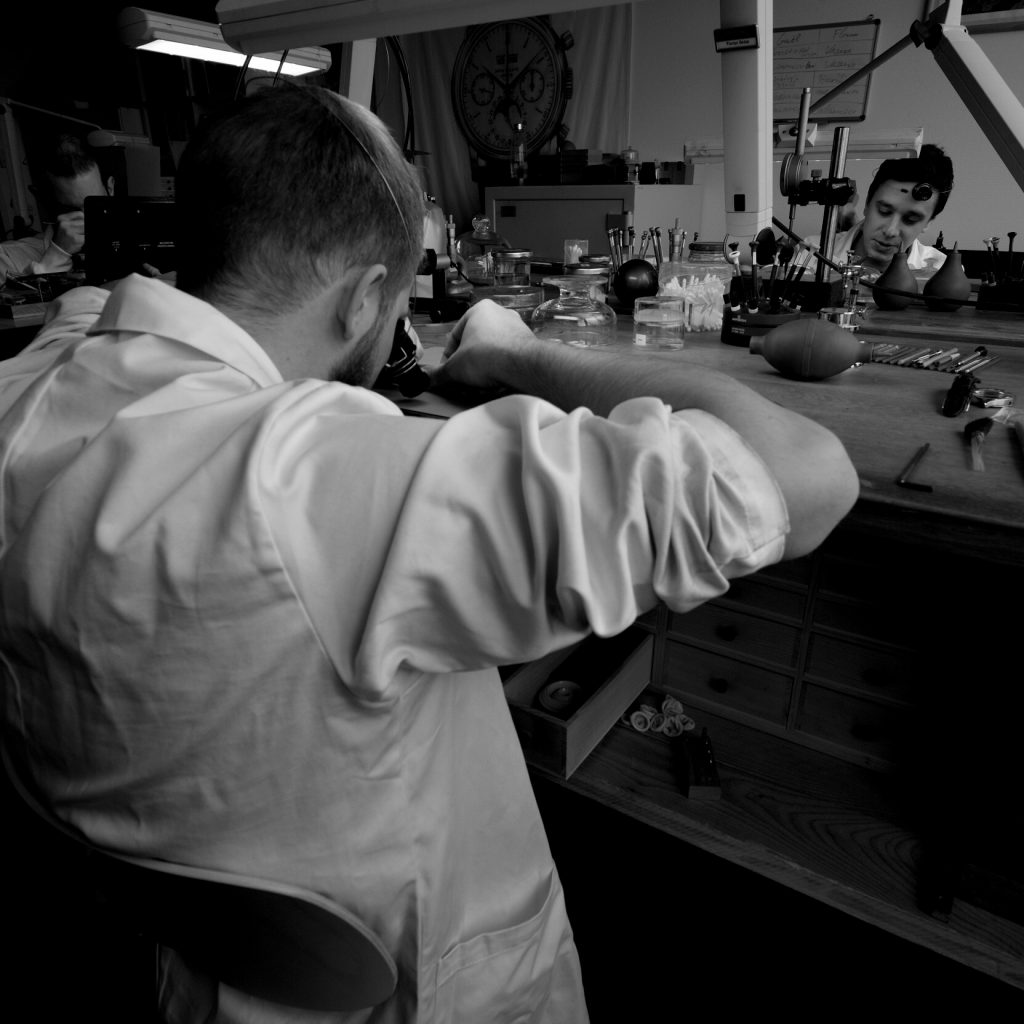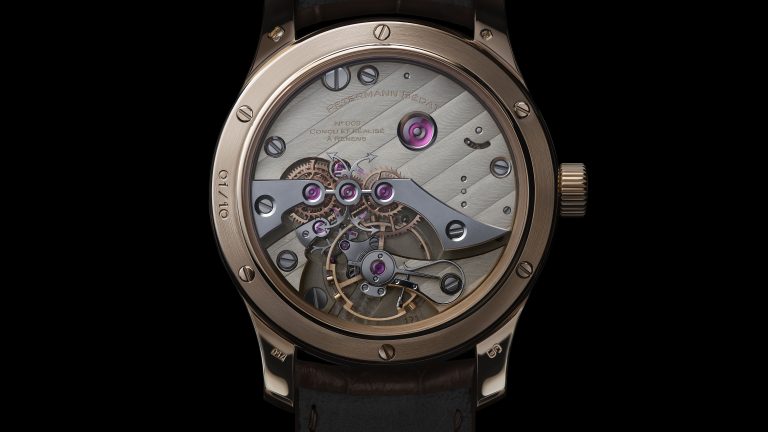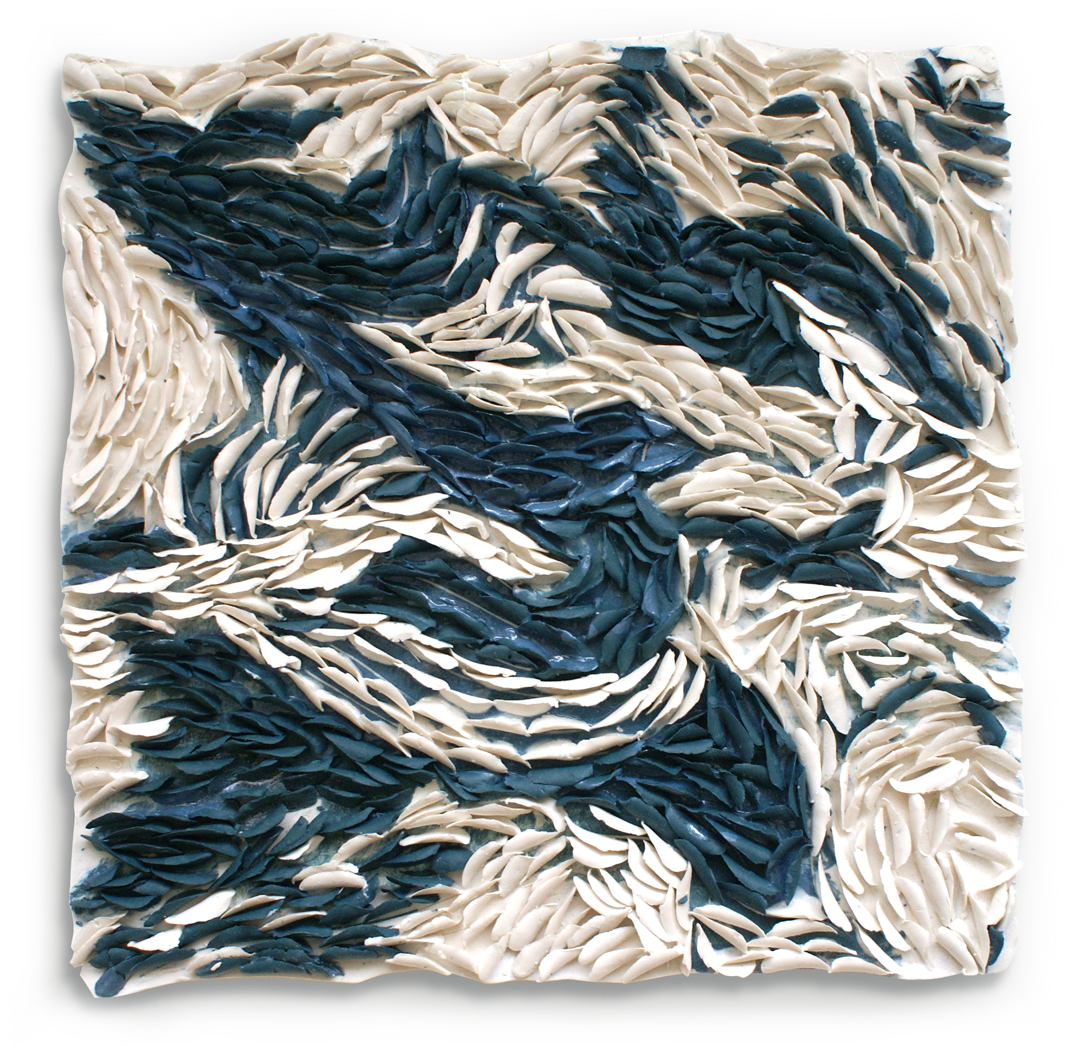In the Dream Machine known as the Swiss watch world, young artists are steeped in romance, the allure of sculpturing time pieces with rubies, rose gold and wavy, Côtes de Genève stripes. Hoping to master such inspiring “complications” as tourbillons and perpetual calendars with retrograde date, these deft “surgeons” dream of entree— a coveted place in such ateliers as Philippe Dufour, F.P. Journe and with ne plus ultra watchmaker George Daniels. Most aspirations are dashed. The watch world is fiercely competitive. Young creatives quickly discover it’s virtually impossible to find financial backing for designing a new watch movement, or to support their opening an independent studio.

Fully aware of the uncertainties facing them, Gaël Petermann and Florian Bédat recognized breaking into the traditional, highly-closed Swiss establishment demanded more than artistry. In this elitist, condescending environment where giant conglomerates make or break emerging talents, both men had to overcome a host of imponderables. Besides needing 4 years of schooling (2007-11), and finding 2 to 3 year apprenticeships, they had to take risks. Then wait for serendipity. The cosmos eventually aligned, exquisitely.

Bédat and Petermann met by chance at watchmaking school, shared their respective thoughts about opening a workshop, and later, fate again intervened. Both men coincidentally apprenticed at the prestigious A. Lange & Söhne in Glashütte, Germany. “I learned how to assemble a watch from A to Z, the balance wheels, the gear controls, everything,” recalls Bédat.“ Ultimately asked to decorate movements for another noted manufacturer, Dominque Renaud, Bédat and Petermann enlisted his help to create a “Dead Seconds” complication. This intricately-complex wristwatch, which Petermann insists “pushes aesthetics to the maximum,” is a homage to elegant timepieces of the past–a seconde morte that is stirring a buzz among international watch collectors.
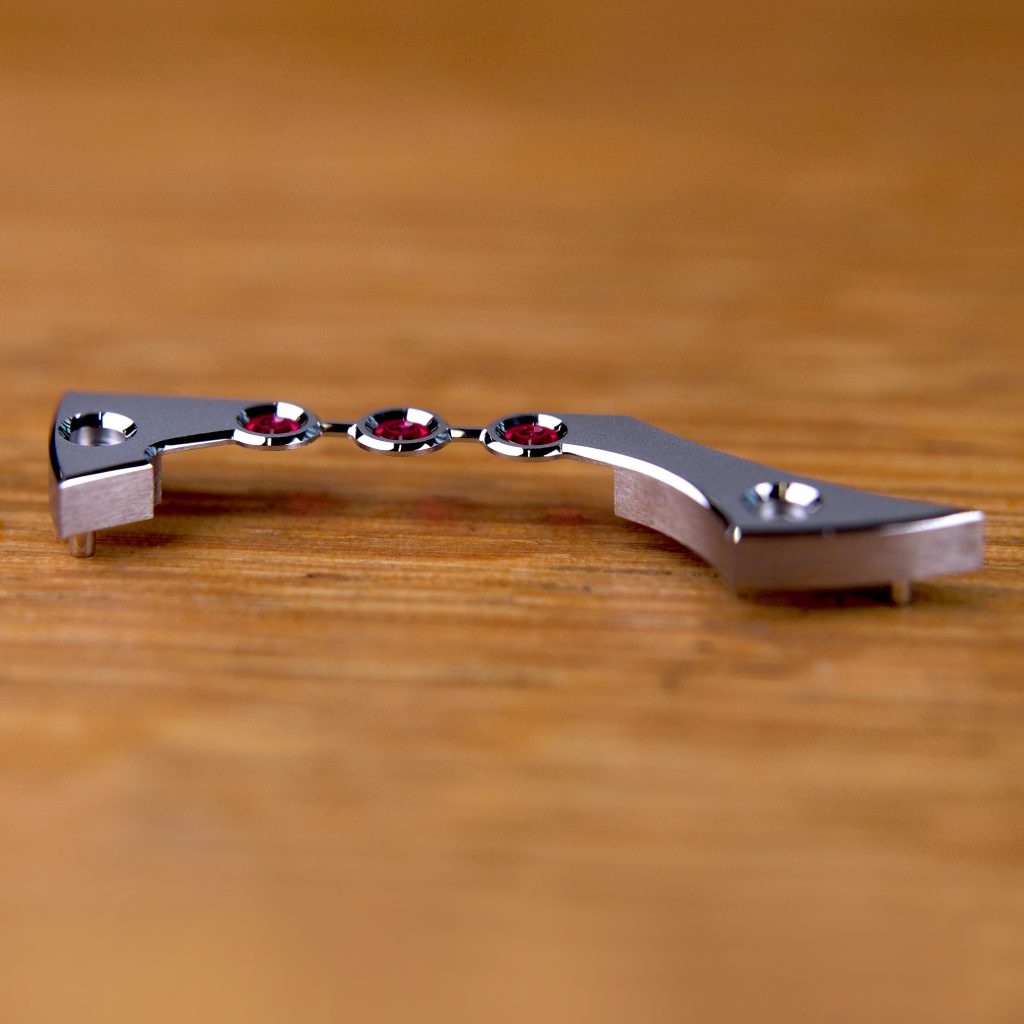
“We knew it would be a major financial risk to develop a brand new movement, but doing something artistically unique was always the goal,” says Petermann, 29, hovering over a workbench in the company workshop 40 km. outside Geneva. Only 20 Dead Beat Seconds 1967 (10 in white gold and 10 in rose gold) are being produced. Debuting in 2019, the watches quickly sold out, and now the two partners are feverishly working to fulfill their sales orders. “We polish the parts, decorate them, and put arrows on the points of the dead beat anchor to intensify its beauty,” explains Bédat, 28, “Decorating takes time, and because the dead beat steel anchor is very dominant (on the reverse side of the watch), we keep polishing it over and over to arrive at a mirror gloss.”
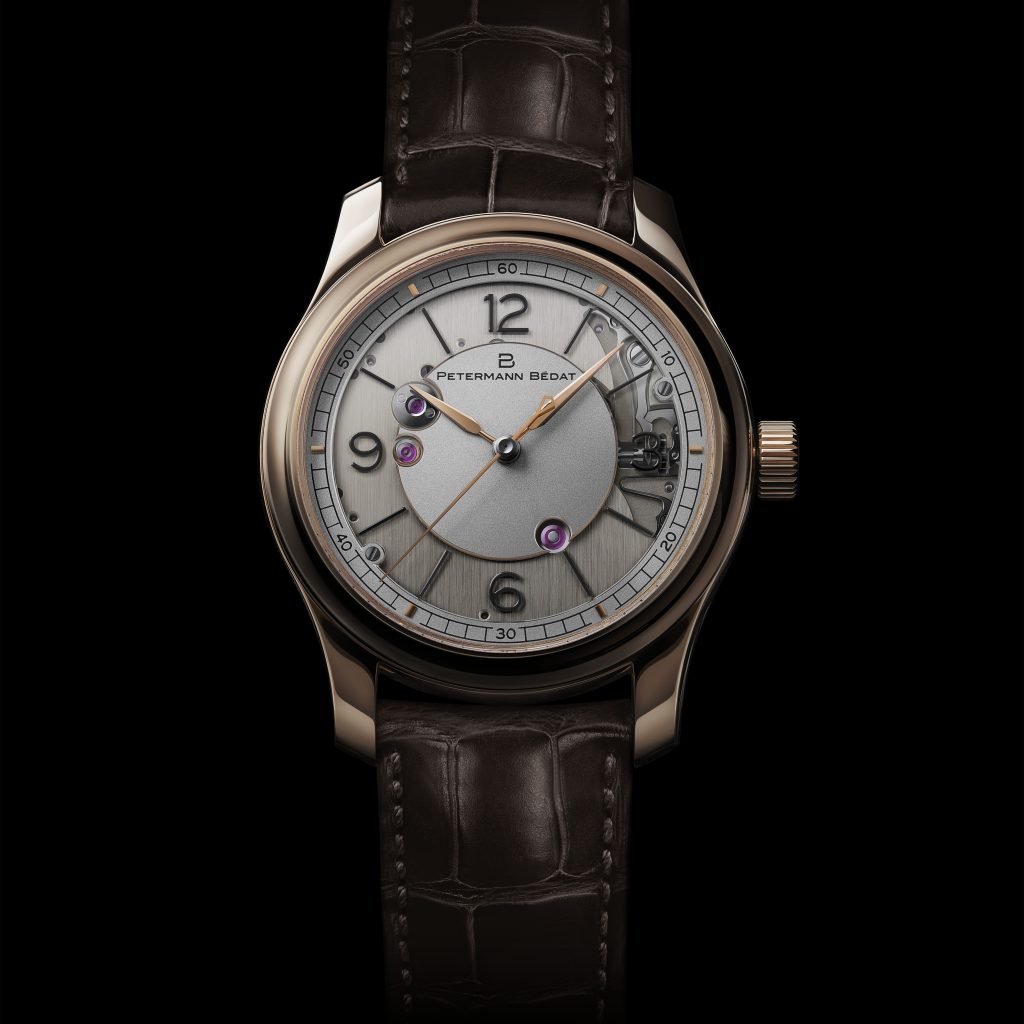
Spending 320 hours to assemble and embellish each timepiece, Petermann and Bédat insist they “feel the materials,” establish a “communion” with them when beveling different parts. Exerting such pressure demands acute delicacy. “An exact touch,” says Petermann, is ‘crucial.”Displaying his finesse, he grasps a traditional alcohol lamp, and says “art is in the flames. We need a specific blue on the hands (the dead beat seconds mechanism allows the seconds hand to jump every second much like a quartz watch). That requires the flame getting to 300 degrees so it will color the steel blue. It takes time for the flame to work for us…but we are patient.”

Will these two artisans continue to employ time-consuming techniques? Or will they take shortcuts to boost production like many other watchmakers who fall under the spell of joining conglomerates? Time works in complicated ways. There’s no telling what fate holds for these two dedicated artists, and if they go on to design other unconventional movements. But at least we have their sculpture, an exquisite moment in time.“These independent artisans are the future of watchmaking,” says Eric Wind of Wind Vintage, a frequent contributor to watch magazines and consultant to collectors. “They are going back to dead beat seconds, a ticking watch…their polishing and finishing of each movement part is absolutely stunning. This attention to details makes them true and important artists.”

Written by Edward Kiersh
Instagram Petermann_bedat
